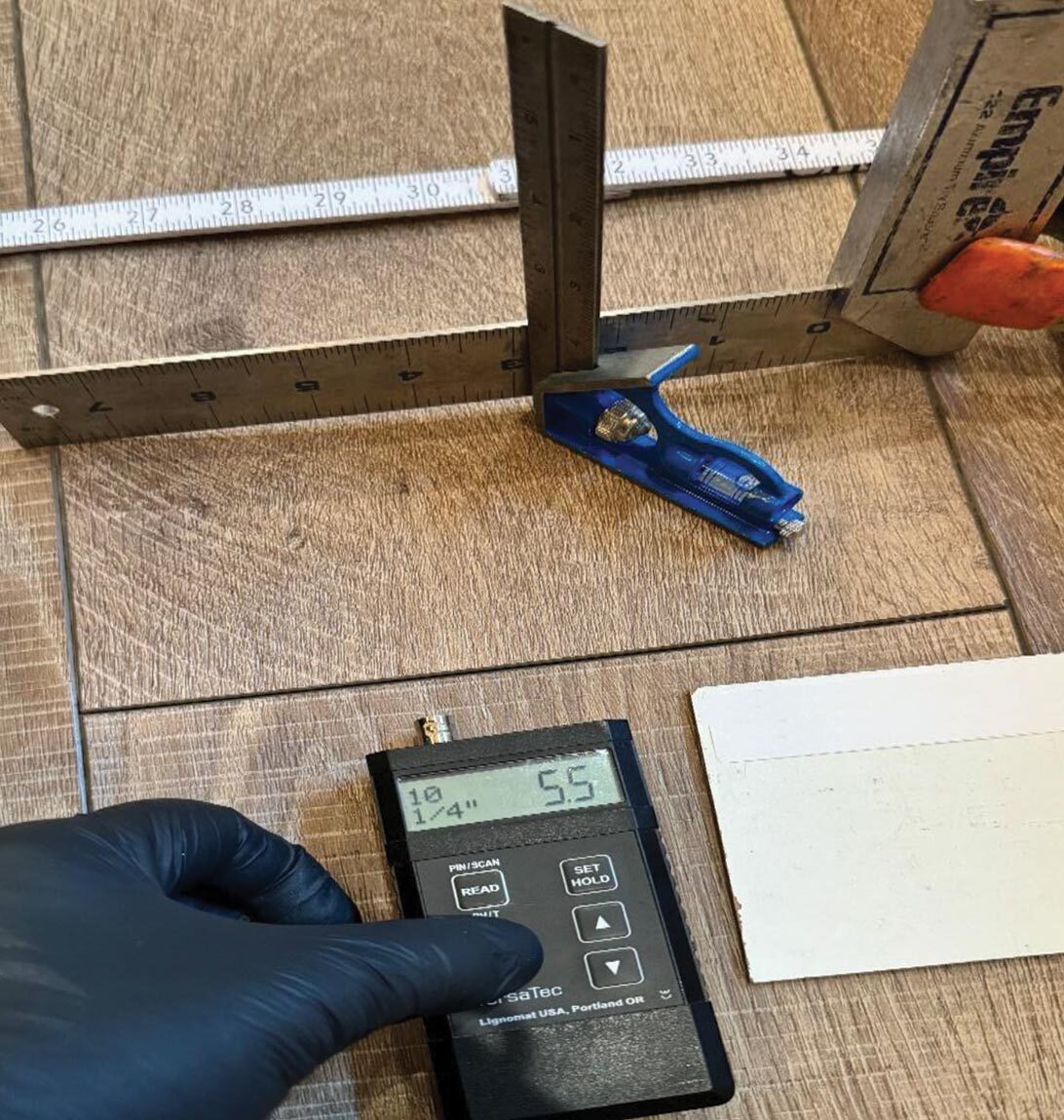Tracking Moisture Problems in Luxury Vinyl Tile Floors with Pinless Moisture Meters
Installation
By Grete Heimerdinger
Photo: Xxxx.
Luxury vinyl tile (LVT) and plank (LVP) flooring have become popular due to their durability, water resistance, and visual appeal. These synthetic floor coverings are designed to withstand heavy foot traffic and moisture exposure—unlike wood, they do not absorb water. However, while the planks themselves are waterproof, moisture-related issues such as edge curling, warping, loosening, or discoloration can still occur. This often leaves installers and inspectors asking: Is moisture the problem?
Moisture Problems: Not in the Floor Planks, But Below
It's important to understand that LVT flooring issues rarely originate in the vinyl material itself. Instead, moisture becomes trapped beneath the planks, often due to:
- Inadequate subfloor drying
- Missing vapor barriers
- Poorly sealed exterior walls
- Plumbing leaks or broken pipes
Because LVT is impermeable, moisture that accumulates underneath the flooring cannot escape.
How a Moisture Meter Helps
Pinless moisture meters, like the Ligno-Scanner SDM from Lignomat, are vital for diagnosing hidden moisture issues under LVT floors. The meters use dual-depth scanning technology to detect moisture levels without damaging the floor.
When checking out moisture issues in materials other than wood, inspectors can still use a wood moisture meter. The inspector typically begins by establishing a baseline moisture value from a known dry area. Then, measured values are compared to the baseline value for dry.
In LVT flooring, this base value for the Ligno-Scanner SDM, BW or VersaTec is around 3.0 to 3.3. When areas show higher readings—such as 5.5 or above—there is strong evidence of underlying moisture buildup.
In comparison, areas showing values around 3.1 had no visible defects. The correlation was clear: the higher the moisture reading, the more severe the damage.

For example, in one inspection, edge curling was visibly confirmed using a ruler placed across the planks. Moisture readings at that spot with a Ligno-VersaTec from Lignomat showed a value of 5.5. Photo: Lignomat.

In comparison, areas showing values around 3.3 had no visible defects. The correlation was clear: the higher the moisture reading, the more severe the damage. Photo: Lignomat.
Moisture Challenges with Luxury Vinyl Floors
Since the introduction of LVT floor planks several years ago, experience over the last few years has shown, that LVT and LVP floors can be susceptible to moisture-related problems, installation errors, and temperature fluctuations. Although the planks themselves are waterproof and, unlike wood, do not absorb moisture, they still expand and contract with changes in temperature. As with wood flooring, proper installation must include expansion gaps to accommodate movement.
Moistureproblems underneath the floor planks can start when the subfloor has too much moisture at the start of the installation. Problems could also come from insufficiently dried concrete underneath the floor planks, lack of a proper vapor barrier or from poorly sealed exterior walls, which allow excess moisture to be absorbed into the building. Additional sources of moisture include water spills, plumbing leaks, or broken pipes.
While LVT and LVP do not absorb water, this characteristic also prevents moisture exchange between the space above and below the floor. Consequently, any moisture that accumulates beneath the flooring becomes trapped. For example, a carpeted floor may not have shown any signs of moisture problems, but when replaced with vinyl flooring, moisture issues may suddenly surface, since vinyl does not allow any evaporation.
Condensation: High humidity levels increase the risk of condensation forming on the underside of vinyl planks, especially with temperature changes. For instance, at a room temperature of 72°F and 90% relative humidity, condensation can begin if the temperature drops just 3°F to 69°F. In such conditions, condensation is often followed by mold growth.
Detection of Moisture Problems in Materials Other Than Wood
When moisture problems occur, a moisture meter is used to assess the problem. Measuring moisture in wood is straightforward: the user selects the appropriate wood group setting on the meter and takes a reading. If no settings are given by the meter manufacturer or a combination of different materials is measured, a dry area of the same material composition is first measured to establish a baseline value. All subsequent readings are compared to this baseline—higher values indicate higher moisture content.
This method was used in the case discussed above. A baseline value of 3.3 was established, and all readings above this level indicated increased moisture and correlated with greater floor deformation.
Moisture meters are essential tools for diagnosing these issues.


